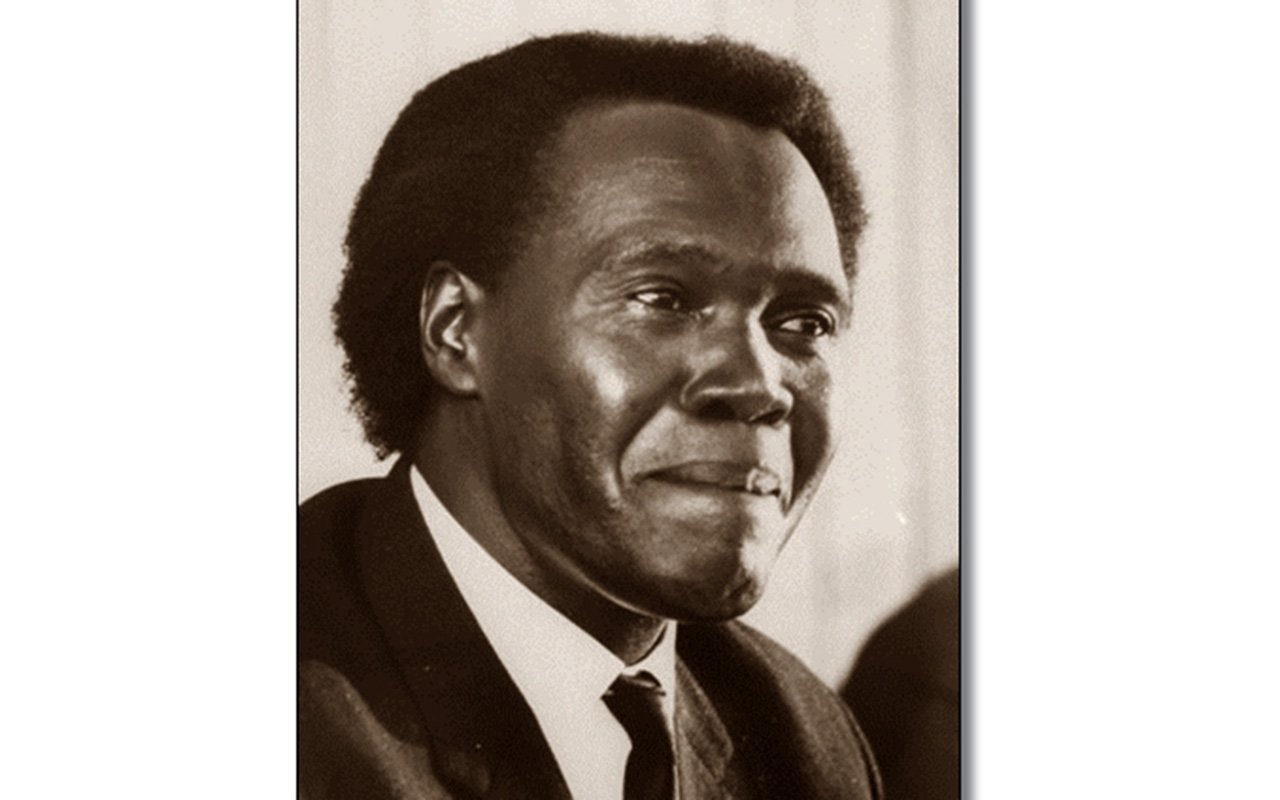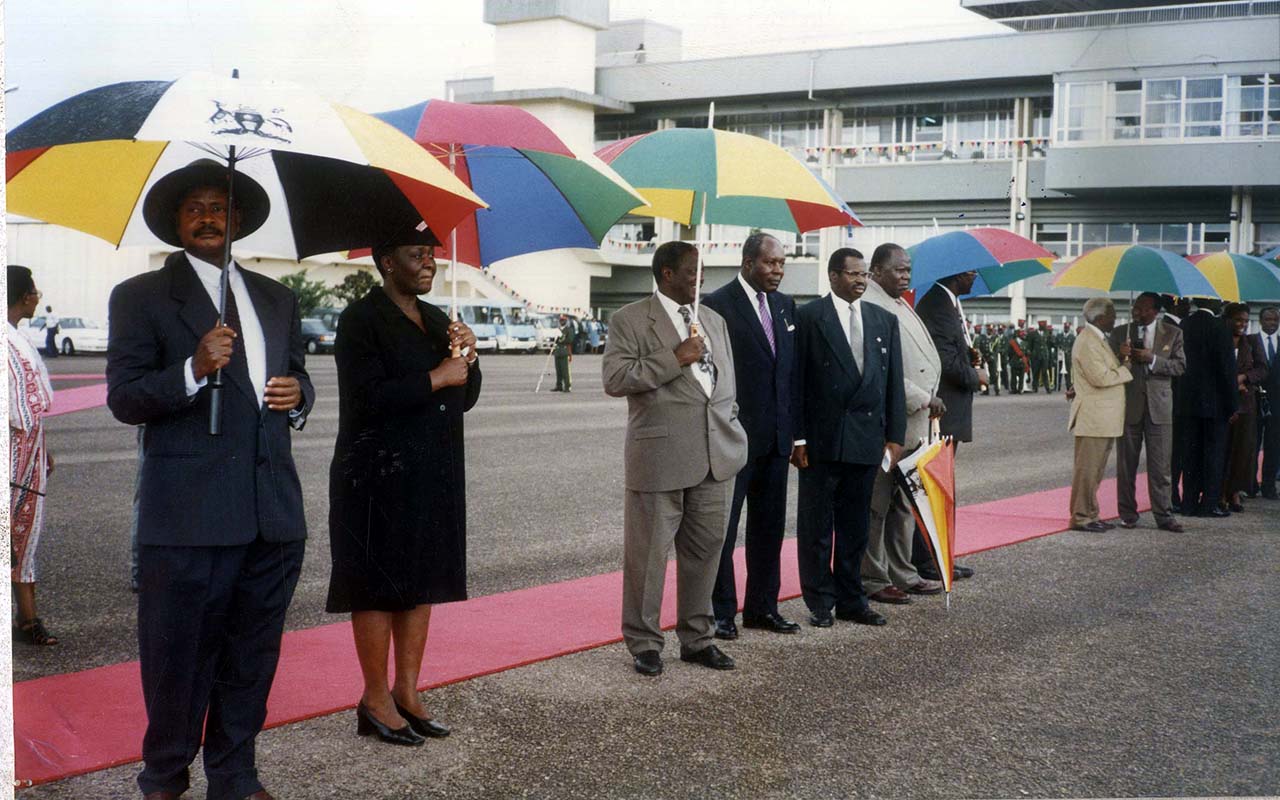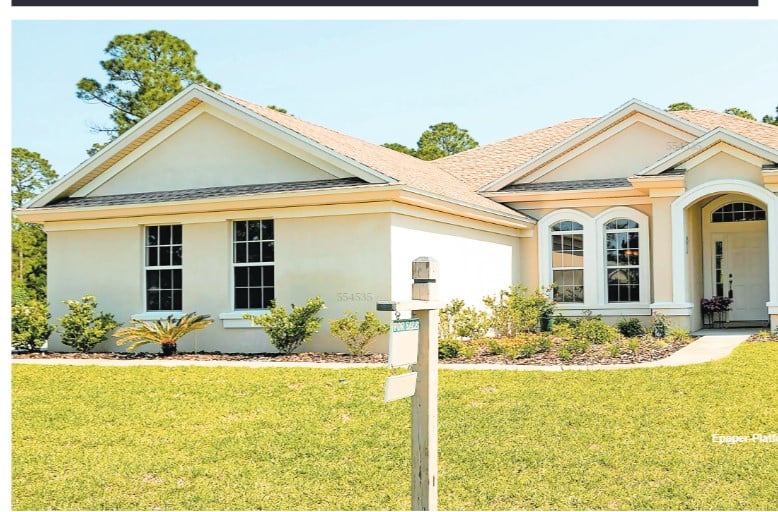
Former president Milton Obote. PHOTOS/FILE
Forty one years ago on Monday (June 3, 1983), visiting Kenyan president Daniel arap Moi, speaking at a rally in the eastern Uganda town of Tororo, announced that his government had put in place a raft of measures aimed at curbing the activities of Ugandan dissident groups operating in his country.
“I would like to warn those who have been trying to use Kenya as a springboard to destabilise Uganda, that they will be demolished,” Moi, who was on a state visit to Uganda at the invitation of then president Milton Obote, declared.
At the time, Kenya was home to a number of Ugandan dissidents, including leaders of some of the rebel organisations that were waging war against the Obote II government.
Those included the National Resistance Movement (NRM), which had launched its war against the Obote II government on February 6, 1981, with an attack on Kabamba Military Barracks.
Others were the Uganda Freedom Movement (UFM) of Andrew Kayiira and the Federal Democratic Movement (FEDEMU) of Dr Andrew Lwanga.
Most of the members of what was known as the NRM’s external wing were operating out of Nairobi. Some of the most prominent members of the external wing included, among others, Sam Njuba, Dr Samson Kisekka, John Patrick Amama Mbabazi, Ernest Kakwano, Dr Jack Luyombya, Dr Crispus Kiyonga, Dr Ruhakana Rugunda, Shem Bageine, Jotham Tumwesigye, James Tumusiime, Dr Frank Nabwiso and Kirunda Kivejinja.
The external wing was also backed up by a women’s wing, which was comprised of mostly spouses of the men listed above.
That group included Alice Ntiro, Alice Kakwano, Ms Rukikaire, Ms Butime, Ms Eleanor Bageine and Ms Nasasira.
Activities
The biggest role of the NRM’s external wing was to not only mobilise international support for the armed struggle by not only reaching out for help, but also creating awareness about it.
Dr Kisekka, was soon the voice of the external wing, often offering commentaries and live interviews to the British Broadcasting Corporation (BBC) and Voice of America about the struggle.
Still working out of their bases in Nairobi, the external wing also soon started producing a publication, Resistance News, with the Kirunda Kivejinja as the editor in chief.
The wing was also active in the recruitment of fighters who would be sent out to places like Libya for training before sending them to the bush.
It would also receive some of the injured fighters who would be taken for treatment before being sent back to the bush to fight after recuperation.
The NRA’s first army commander, Gen Elly Tumwine, and Gen Henry Tumukunde are some of the most prominent names of those who benefitted from that.
Speaking to Monitor early in April 2024 following the death of Ernest Kakwano, Gen Tumukunde, though speaking about the late Kakwano, gave an insight into the extent to which the external wing went in as far as facilitating the struggle was concerned.
“Ernest [Kakwano] and his wife were part of the support system that sustained the armed struggle both in Uganda and in exile. The Kakwano’s, alongside other NRM external wing members, provided unwavering support to many injured NRA combatants-turned-refugees, including myself and others, in every possible manner, often in very risky circumstances,” Gen Tumukunde said.
Welfare
According to Dr Nabwiso, the external wing was also heavily involved in addressing welfare issues of some of its members. It helped many get jobs as teachers or medical doctors in diverse parts of Kenya. It should be remembered that some of those who had fled into exile in Kenya after the 1980 General Election were students from Makerere University who had actively campaigned for the Democratic Party (DP).
Many of them were assisted to register as refugees, which enabled them get scholarships that enabled them continue with their education in other parts of the world.
It should be remembered that the family of Mr Museveni, the vice chairman of the NRM and commander of the fighting forces, the National Resistance Army (NRA) had also been resident in Nairobi between February 1981 and some point in time in 1983.
They were driven there by the Ms Alice Kakwano days before NRA attacked Kabamba.
They, however, relocated to Sweden where they stayed until May 1986 when they returned to Uganda.

Former Kenyan president Daniel arap Moi.
It is not clear whether Mr Museveni’s decision to relocate the family was precipitated by Mr Moi’s declaration in Tororo. What is clear is that the declaration opened doors for cooperation between Kenyan security agencies and Uganda’s spy agency at the time, the National State Agency (NASA).
NASA had been formed in 1981 shortly after Mr Museveni launched the Bush War. The organisation, which was headed by Kasendwa Ddumba, was charged with gathering intelligence on the NRA and others who were involved in subversion.
Rebels shaken
The leadership of the external wing had already been shaken by the high profile kidnapping of Balaki Kirya, a former minister during the Obote I regime who had risen to become one of the leaders of the Uganda Freedom Movement.
Kirya was kidnapped from his home in Jamhuri estate in Nairobi and taken to Wilson Airport from where he was flown to Kisumu before being driven back by road to Uganda where he was charged with treason. He was later acquitted, but the Obote II government kept him detained in Luzira until its fall.
He was one of the approximately 1,200 prisoners freed by military ruler, Lt Gen Tito Okello Lutwa, in August 1985. Among those who were released on the same day were two prominent DP leaders from Busoga, namely Prof Yoweri Kyesimira, Stephen Kanobe Kyalya.
Prof Kyesimira had earlier been acquitted on charges of aiding the NRA, but was like Kirya, detained in Luzira under the Detention Order Act.
Prof Kyesimira was to later be named minister for Planning and Economic Development when NRM took power. Mr Kyalya was to later serve as mayor of Jinja Town.
Movements
With Moi’s declaration, it was feared that similar abductions could be carried with the complicity of Kenyan security personnel.
“Some members of the external wing were actually kidnapped and driven back to Uganda, but they were not high profile people. There was a one Waako from Bulange County in Busiki and later Erusania Kiiza. That forced some of the people to relocate to other countries,” Dr Nabwiso says.
Dr Nabwiso says Dr Ruhakana Rugunda and Kirunda Kivejinja were among the prominent NRM/A members who chose to leave for Europe amid fears over their safety.
Majority of members, however, remained in Kenya until well after the 1985 coup that brought Gen Okello to power.
Some of them played prominent roles in the Nairobi Peace talks. It was actually Mr Mathew Rukikaire, the chairman of that group, who ordered the NRA to march onto Kampala following a meeting held in Nairobi on December 28, 1985, 11 days after the Nairobi Peace Accord had been signed.
Gen Henry Tumukunde:
Ernest [Kakwano] and his wife were part of the support system that sustained the armed struggle both in Uganda and in exile. The Kakwano’s, alongside other NRM external wing members, provided unwavering support to many injured NRA combatants-turned-refugees, including myself and others, in every possible manner, often in very risky circumstances.





